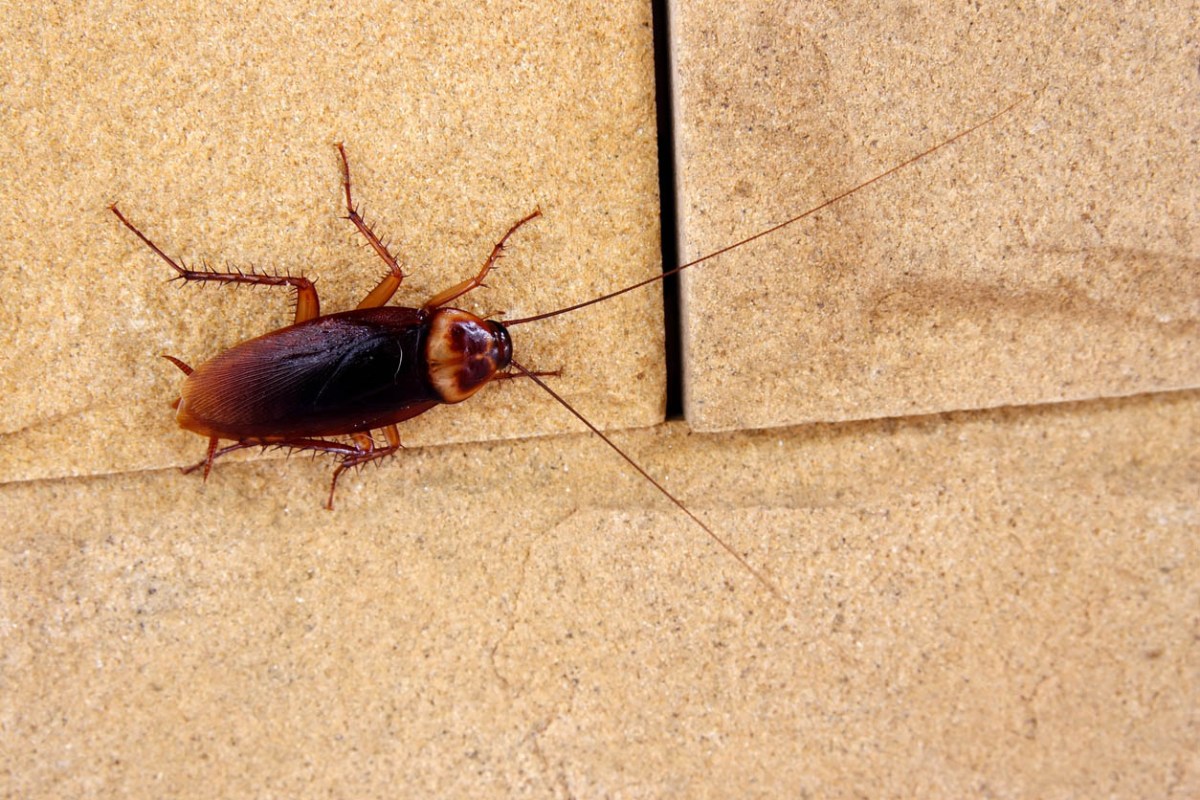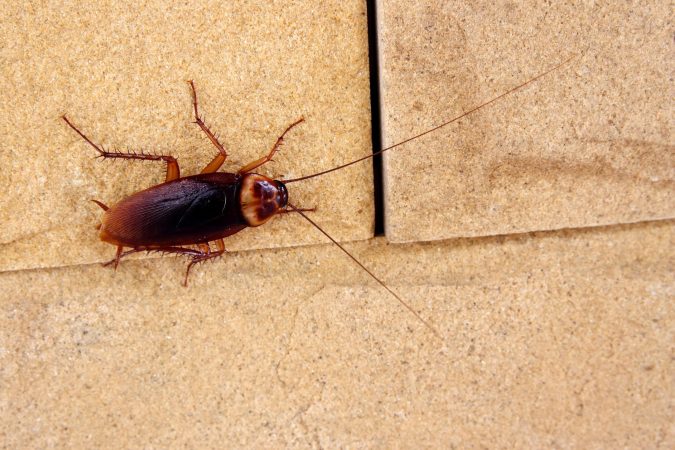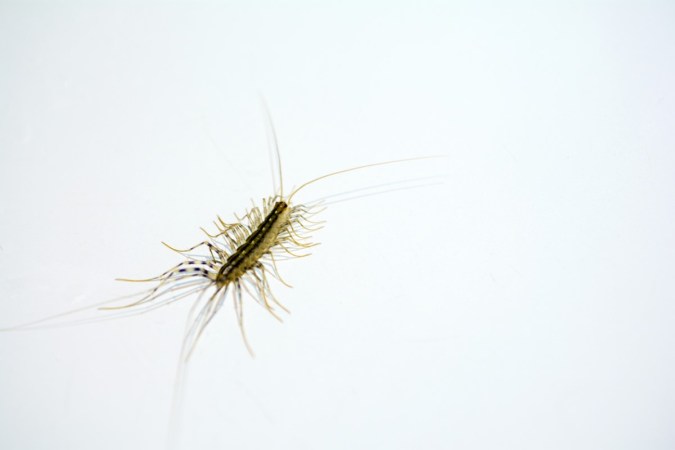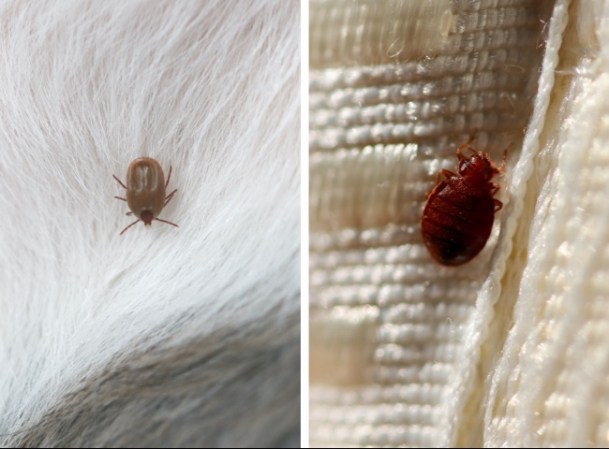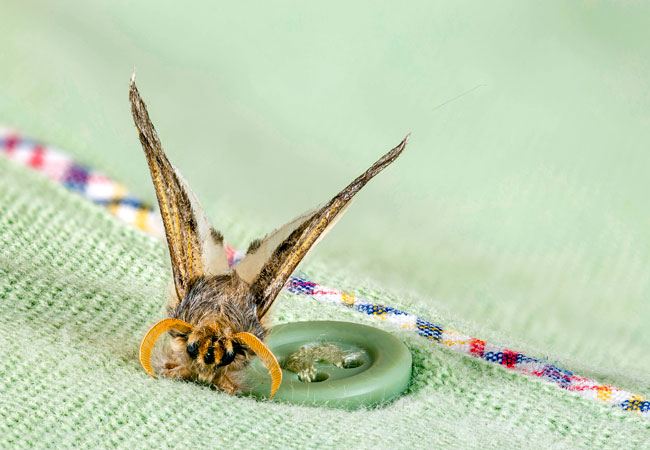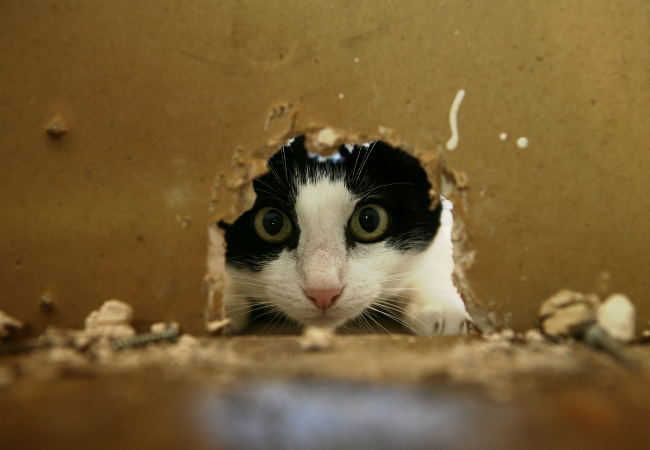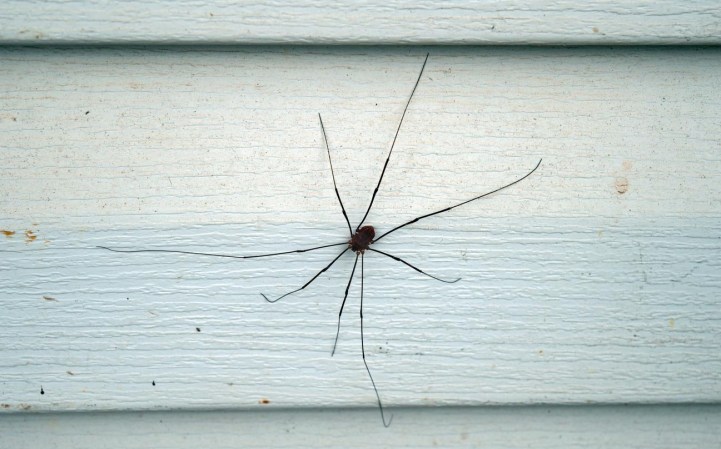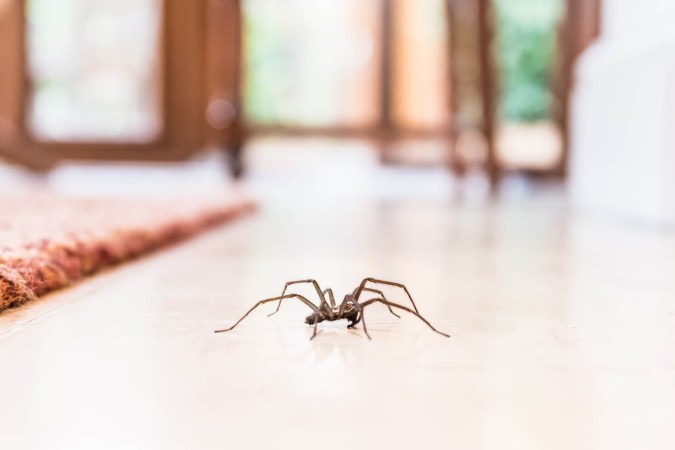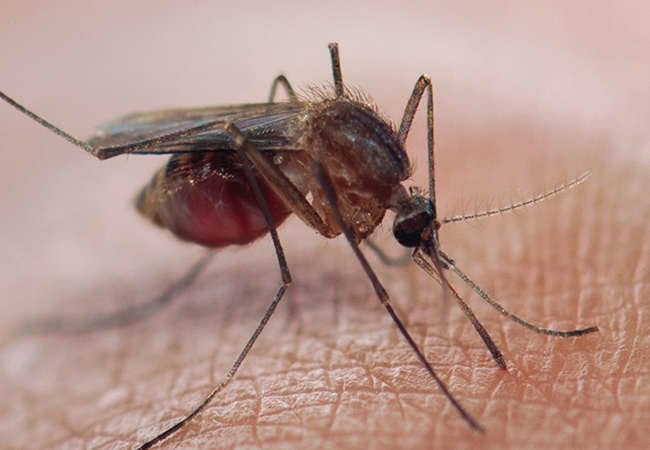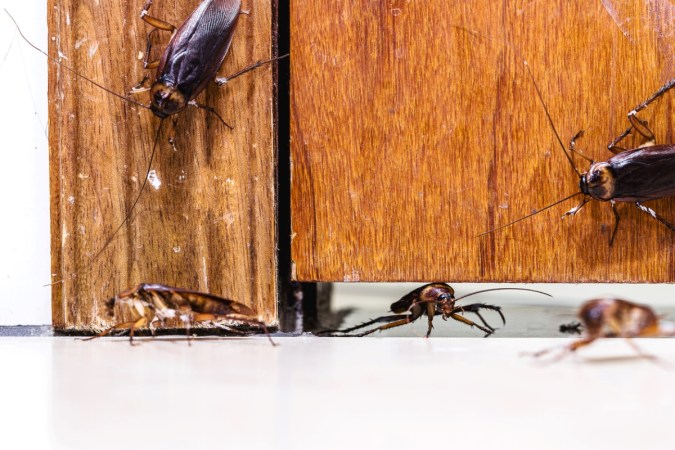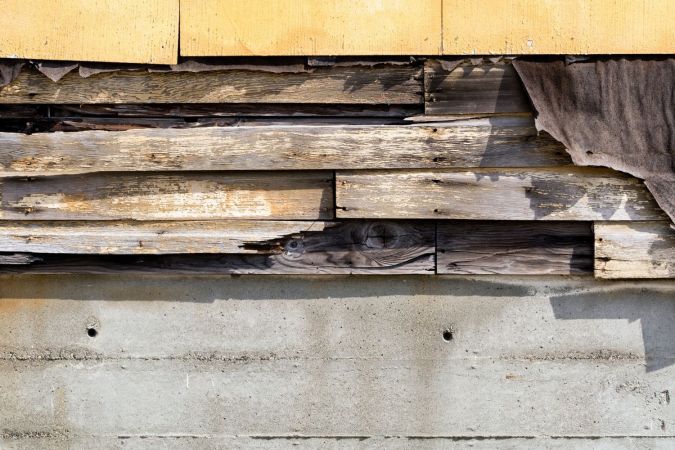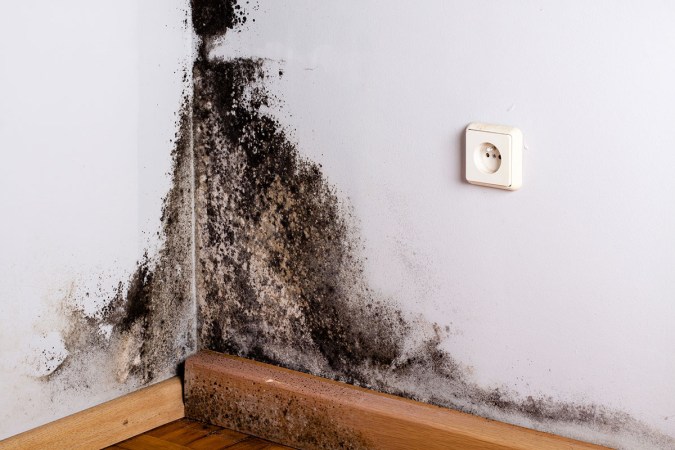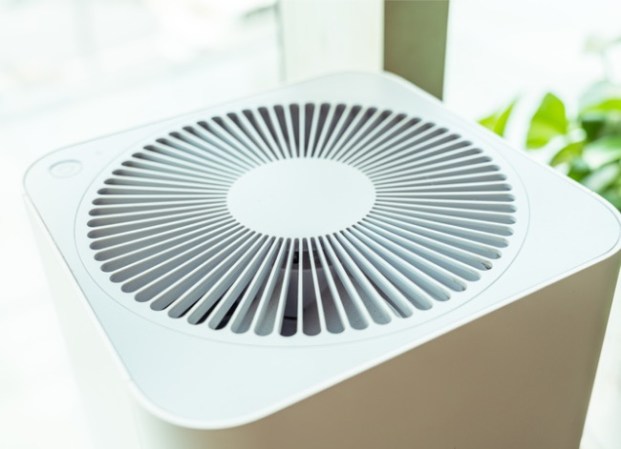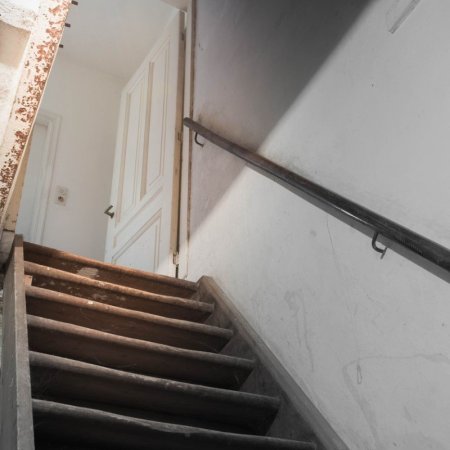We may earn revenue from the products available on this page and participate in affiliate programs. Learn More ›
Q: I’ve recently come across small, brown bugs that look like cockroaches in my home. What do roaches look like? Could I be dealing with a different type of bug?
A: Unfortunately, bugs that look like cockroaches are a dime a dozen—and just the idea of cockroaches can give many people the shivers. When most people think about cockroaches, they’re usually thinking of the standard American cockroach or the slightly smaller German cockroach. If you’re wondering, “What does a cockroach look like?” you can certainly use the help of the internet to search for a picture of a cockroach. But if you’re not interested in scrolling through photos, here’s what a typical cockroach looks like: Cockroaches are dark brown or black with six legs and a hard outer shell to protect their wings. They have flat, oval-shaped bodies with two long antennae on either side of their heads. But depending on your situation, you could easily be seeing insects such as beetles, waterbugs, bedbugs, crickets, or palmetto bugs.
While cockroaches can seem like just a nuisance, their presence can pose some real health risks. Cockroaches carry bacteria that can cause salmonella, staphylococcus, or streptococcus infections. They also can carry intestinal diseases like dysentery and cholera. And cockroaches aren’t just a threat to you, either: They can pose a risk of passing parasites to pets, too. With all of these possibilities, it’s imperative to know if you’re definitely dealing with cockroaches—or if you just have a harmless beetle that wandered into the wrong house. The following tips can help you determine what type of bug is in your home and how best to treat the problem.
Beetles look similar to cockroaches but have shorter legs and antennae.
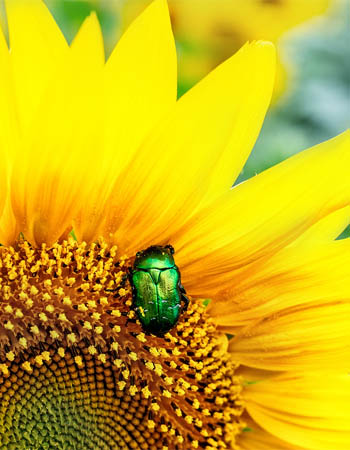
Because both types of bugs can have similar coloring, it can be easy to confuse beetles for cockroaches and vice versa. It may be wise to get a closer look to spot identifying features to determine which kind of bug you’re seeing. For instance, beetles are often more round than cockroaches and have shorter legs and antennae. Plus, beetles often have dense tufts of hair that you likely won’t find on the body of a cockroach.
Beetles may cause damage to your belongings, depending on the type of beetle, but they’re not inherently dangerous to humans or animals. They rarely bite, and if they do, the bite doesn’t typically require medical attention (although it may cause some pain or blistering if you’ve been bitten by a blister beetle). If you do find yourself with a beetle infestation either inside the home or in the yard, there are several things you can do to treat the problem and prevent the pesky insects from returning. First, you’ll need to find out what type of beetles are invading your space. From carpet beetles to Japanese or click beetles, the specific kind of beetle may need to be treated differently than others because of the type of damage they can do to clothing, food, or wood.
Carpet beetles, for instance, feed off of animal fibers such as wool, fur, silk, and leather. Their specific diet means they’re more likely to be found in closets or dressers. Carpet beetles are small and dark in color—similar to a small cockroach. Japanese beetles, on the other hand, are a notorious invasive species and garden pest. They have an unmistakable iridescent shell and feed on flowers, fruit, or grasses. It’s unlikely that you’d find one inside the house unless one from your garden has made its way inside by accident.
In general, however, you can get rid of most beetles by setting sticky traps, using natural oils such as peppermint or neem oil as repellents, or by sealing up gaps that they may be entering through. However, the most effective method of elimination is to identify how they’re getting in and what they’re feeding on and make it harder to access entry points and food sources. You can caulk window and doorframes, patch any holes in screen doors, or fill any visible cracks to make sure your house is tightly sealed and not penetrable to pesky creatures like cockroaches or beetles. If DIY or prevention measures aren’t successful, you still may need an exterminator to get the problem fully under control.
You may confuse a cricket for a cockroach.
With both types of bug having six legs and a long body, it’s no wonder crickets and cockroaches often get mistaken for one another. But there’s one major distinction: if you see the bug jumping, it’s likely a cricket. Both bugs are also dark brown or black in coloring, making their appearance even more similar at first glance. There are several differences between crickets and cockroaches, however. Crickets have front wings and long legs for jumping, while cockroaches have shorter legs and a more rigid external shell to protect their bodies. When it comes to infestation, cockroaches typically prefer the indoors, while crickets tend to stay outside in lawns or gardens.
Since crickets are omnivores, they feed on plant and organic material, which is why you’re more likely to find them outdoors than inside the home. That doesn’t mean they can’t make their way into air vents or other tricky spots where their chirping can be heard, but their bodies can’t be seen. Crickets survive by hunting decaying matter and rotting vegetation, so as long as those types of materials aren’t inside your home, you should be able to avoid a cricket infestation.
If there are only one or two stray crickets in the home, they’re not cause for concern—but they can be tricky to kill, thanks to their high hops. If you have pepper spray on hand, that can kill a cricket almost instantly, as pepper is deadly to them. You can also try vacuuming them up, trapping them in a cup, or spraying them with hairspray in order to slow them down. But if you find yourself with a widespread cricket problem, the good news is that crickets are mostly harmless and won’t damage a home. However, they can wipe out crops, so if that’s a concern to you, it may be time to call in the help of a pest control professional.
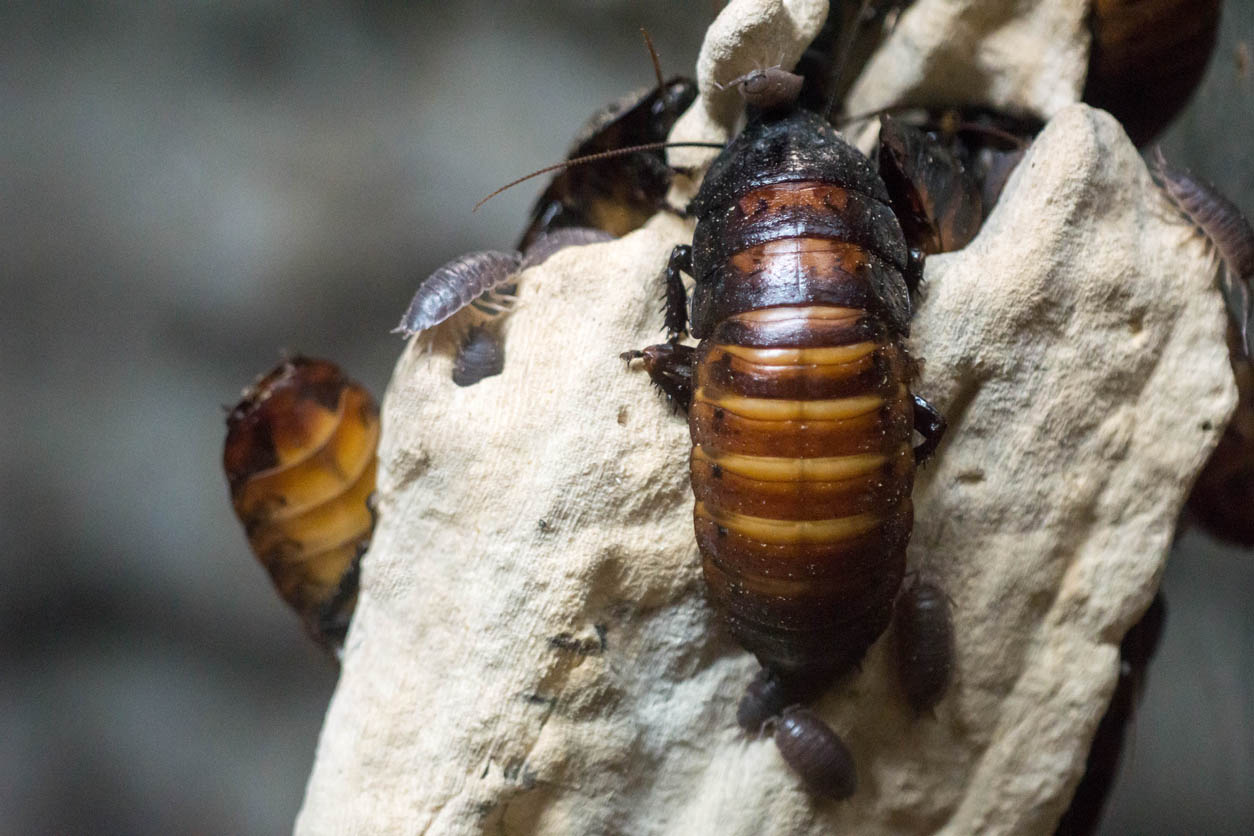
Palmetto bugs are a type of cockroach, but they have different traits than other kinds of cockroaches.
Since they are typically found near palmetto trees in South Carolina and Florida, a particular species of cockroach is referred to as palmetto bugs. Although they do fall under the general roach umbrella, palmetto bugs have certain traits and behaviors different from other cockroaches found across the country. Because they prefer warm, damp conditions, palmetto bugs are most likely found in basements, sewers, woodpiles, and landscape materials.
As far as appearance is concerned, palmetto bugs are reddish-brown with a light yellow ring around the shield-like structure protecting their heads. The smokybrown cockroach is also referred to as a palmetto bug, and this species looks slightly different than the average American cockroach. Adult smokybrown cockroaches are dark mahogany in color with a shiny coating. These bugs tend to gravitate toward tree holes, mulch, and landscape materials.
These bugs can also fly and are attracted to bright lights, which can be a hazard when homeowners turn on outdoor lights to enter the home. The best way to hinder palmetto bugs from gathering near your home is to remove any leftover landscape materials that they may be drawn to. If you’ve taken the necessary measures to keep palmetto bugs at bay but are still experiencing issues, it may be time to call in an expert.
Bedbugs often resemble cockroaches but are much smaller.
Cockroaches revolt homeowners, but bedbugs give roaches a run for their money in terms of household pests. Although they are similar in color, bedbugs and cockroaches don’t share many other physical or behavioral attributes, which should make identifying either a little bit easier. For starters, bedbugs are much smaller than cockroaches. At about 1/5-inch long, they are often so small that only evidence of them can identify their presence. Finding bites on your body in clusters of three is a good indication that you have a bedbug infestation, as is the appearance of blood on sheets, insect droppings, or small insect eggs.
Unfortunately, like cockroaches, bedbugs are tenacious and difficult to eradicate. If you find yourself with a bedbug infestation, there are several steps you can take to eliminate them from the infested area. It’s advised to check your mattress, headboard, baseboards, or other bedroom furniture to see the extent of the infestation. Then, you’ll need to wash all bedding on the highest temperature setting to ensure the insects, larvae, and eggs are killed off successfully. It’s also important to vacuum all the furniture, floors, and rugs in the room to help remove any remaining bugs. A steamer on couches and mattresses is also a good safety measure since bedbugs die in extreme temperatures. If you’re still not convinced the problem is solved, it’s best to consult a professional who can likely eliminate the problem in less time and prevent the insects from returning.
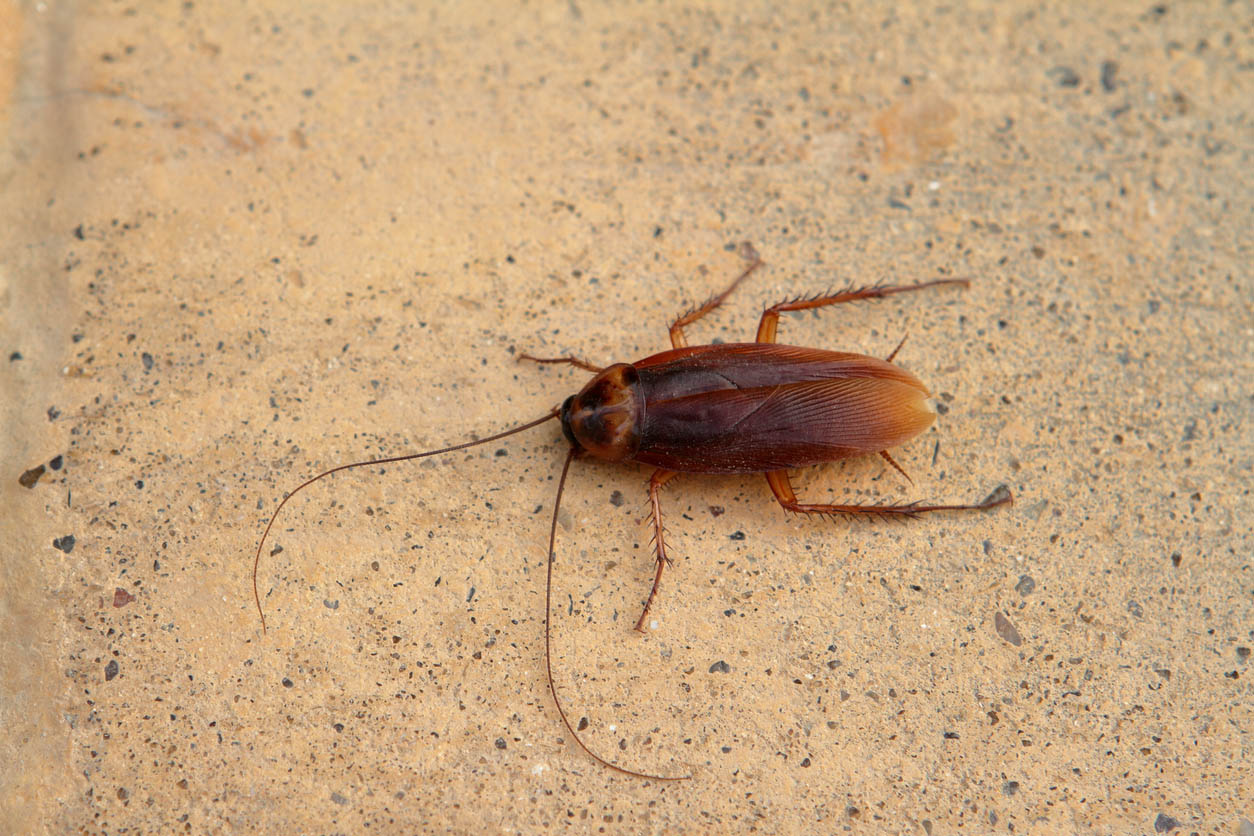
“Waterbug” is a colloquial name for cockroaches, but they’re two different insects.
True water bugs, such as water scorpions, live in water and use their legs as paddles to get from one destination to the other. Oriental cockroaches, however, are often referred to as waterbugs because they prefer warm, damp places and can be found in trash cans or sewers. In the roach vs. waterbug distinction, it’s unlikely you have a real water bug since you’ve discovered the insects inside the home and not in a body of water. Water striders, pond skaters, and water spiders are also identified as actual water bugs, although they don’t use their legs as paddles but instead use surface tension to stay afloat.
Oriental cockroaches are typically darker in color and have slightly longer legs than American or German cockroaches. They typically come out more in the warmer months. Since you could have an oriental cockroach on your hands, it’s essential to know how they survive and thrive to know the best way to get rid of them. This type of roach prefers starchy foods and decaying plant and animal matter, but it can survive for up to a month without any food source. On the other hand, they can’t last more than 2 weeks without water, so eliminating any stray streams of water can help deter them from visiting your home. Another reason to quickly eradicate the oriental cockroach is because of its ability to spread contaminants that cause diarrhea and food poisoning, which can be brutal on the human body.
If you have an oriental cockroach infestation in or around your home, it is wise to call a pest control professional to eliminate the issue immediately. An expert in pest control will have the experience and knowledge needed to identify which type of cockroach you have and will have the necessary tools and products to make the problem go away quickly. Plus, if potentially harmful chemicals are required to handle your infestation, it’s best to let a pro handle them so you don’t place yourself in harm’s way.
Even if you are convinced that the bugs in your home are not cockroaches, but just bugs that look like cockroaches, a professional pest control expert can confirm your suspicions and advise on the best course of action. A professional will have the right knowledge and know the correct signs to look for. Regardless of the type of the pest that has invaded your home, a pest control expert can help prevent future infestations, too.

